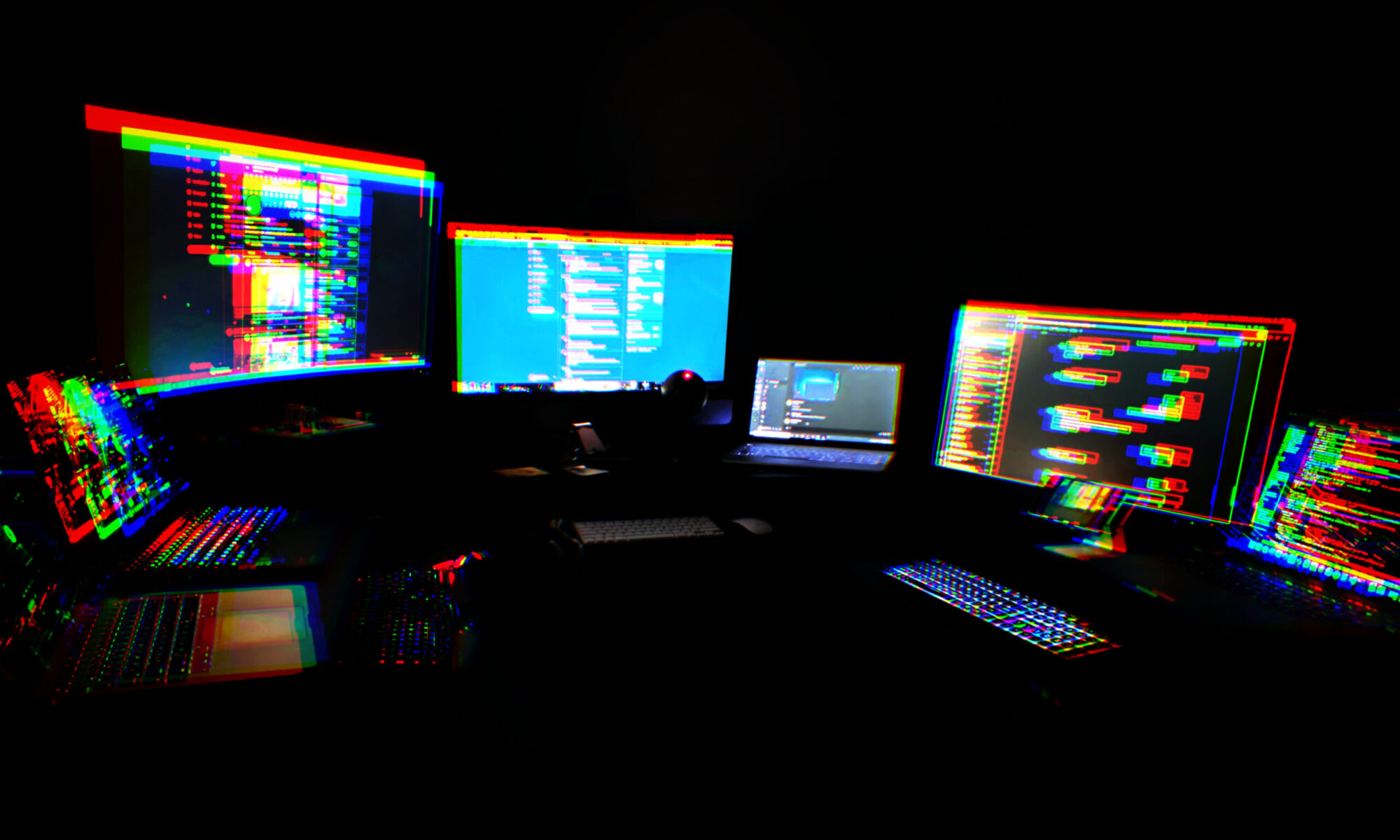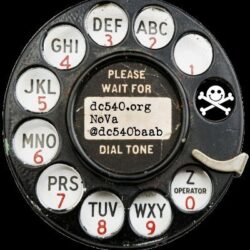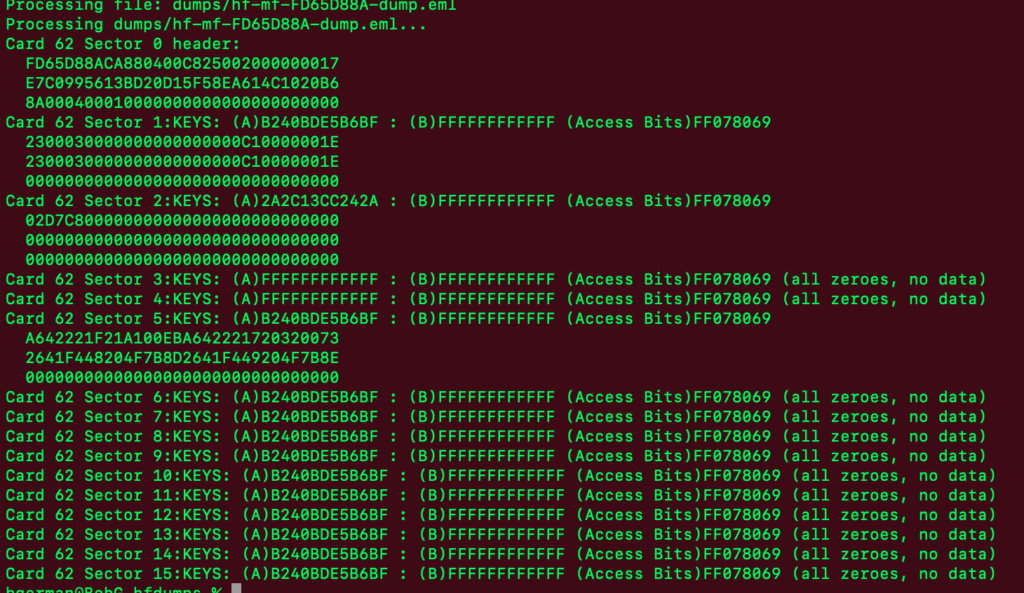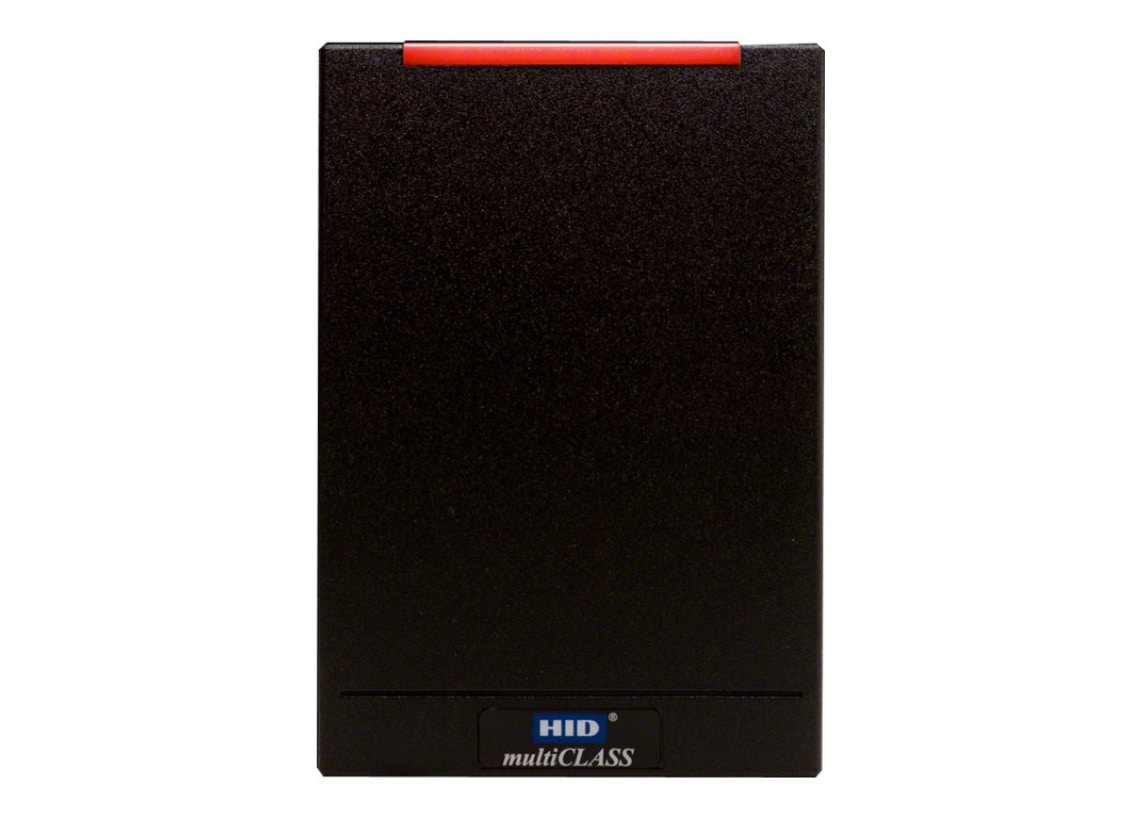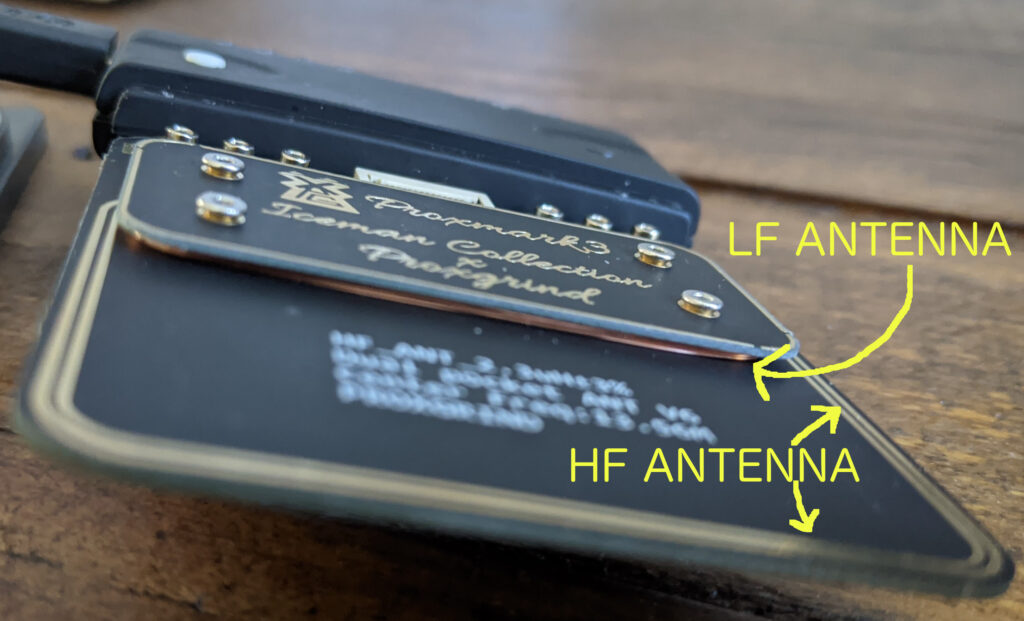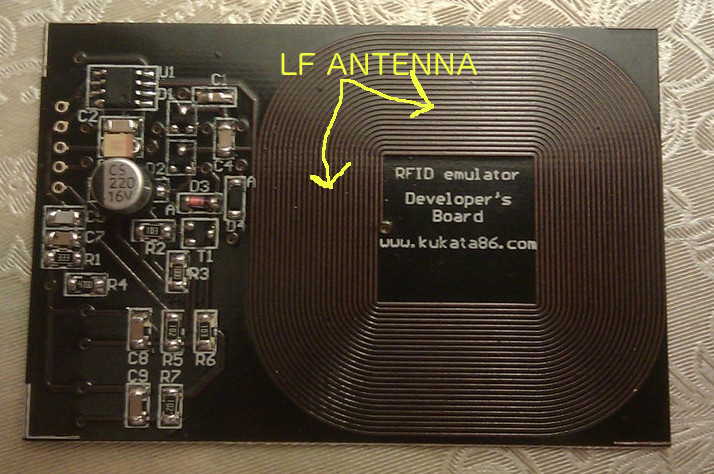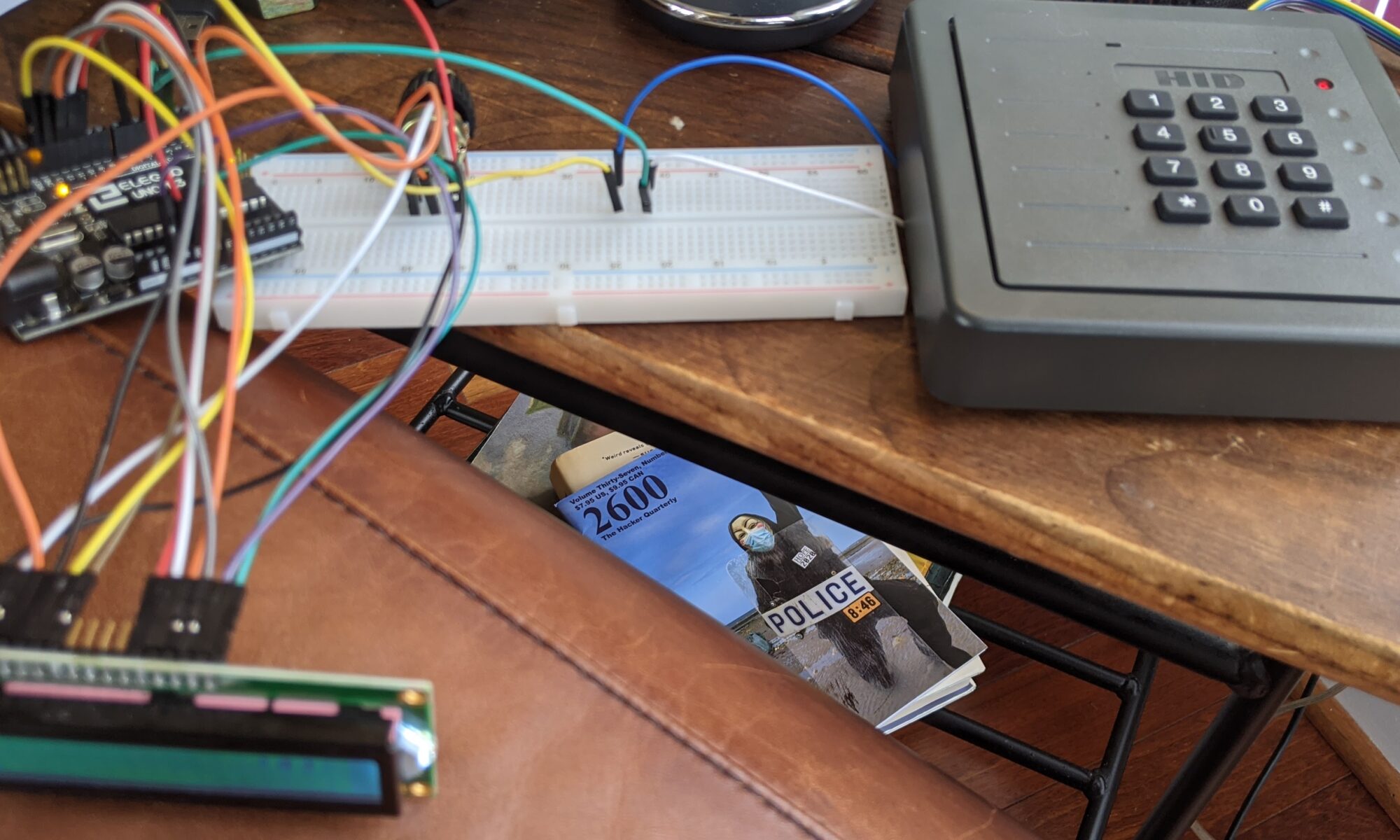One of the synths I picked up recently was a used Moog Mother32. The seller disclosed correctly. “It’s missing a few faceplate screws, and the wood’s a little banged up, but it works fine.” He wasn’t wrong. I contacted Moog for the replacement screws, because he also failed to provide the screws to the two-tier rack kit that came with it (I have screws that fit, but not in matching black). I figured with a few bucks everything would be good as new, and I can sell the two-tier rack to help fund my gadget habit.
When I went to apply the new screws, I found there was nothing to bite them. Dangit, I thought, now I have to take the extra time, take it back OFF the three-tier rack I had already installed it onto, pop it open and find out why. Of course, the Moog is about as close to Eurorack as you can get without actually going Eurorack, so it’s all Eurorack standard. This means that behind those nice black M3 front panel screws are square M3 slide nuts.
This dude, when he went to sell his gear, installed the bare minimum number of slide nuts in place (three out of eight) that would hold the front panel to the box, and called it a day. Interestingly, it did also include a spare switch. I haven’t noticed any switches malfunctioning yet, so maybe that’s just a spare.
Anyhow, I’ve got some slide nuts coming now, so it’ll be as good as new in a week or so. The Mother32 is the least important piece in my setup, so I’m just going to leave it out for now.
Dude sold it at a great price, so I guess I shouldn’t be complaining, but there’s still a market for this model. Had he just taken the few minutes and few bucks to replace the screws, he could have demanded much more for it.
Oh, and he also didn’t include the manual, so I got one of those from Moog too. At some point when I get bored with it and decide to sell it, I want everything I can get (to help fund whatever unnecessary gadgetry I’m into at that point).


